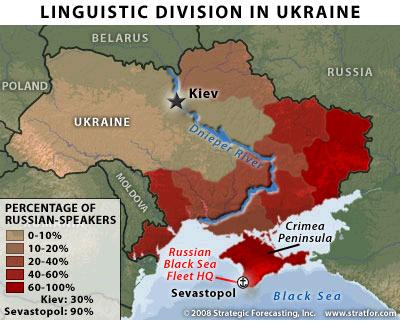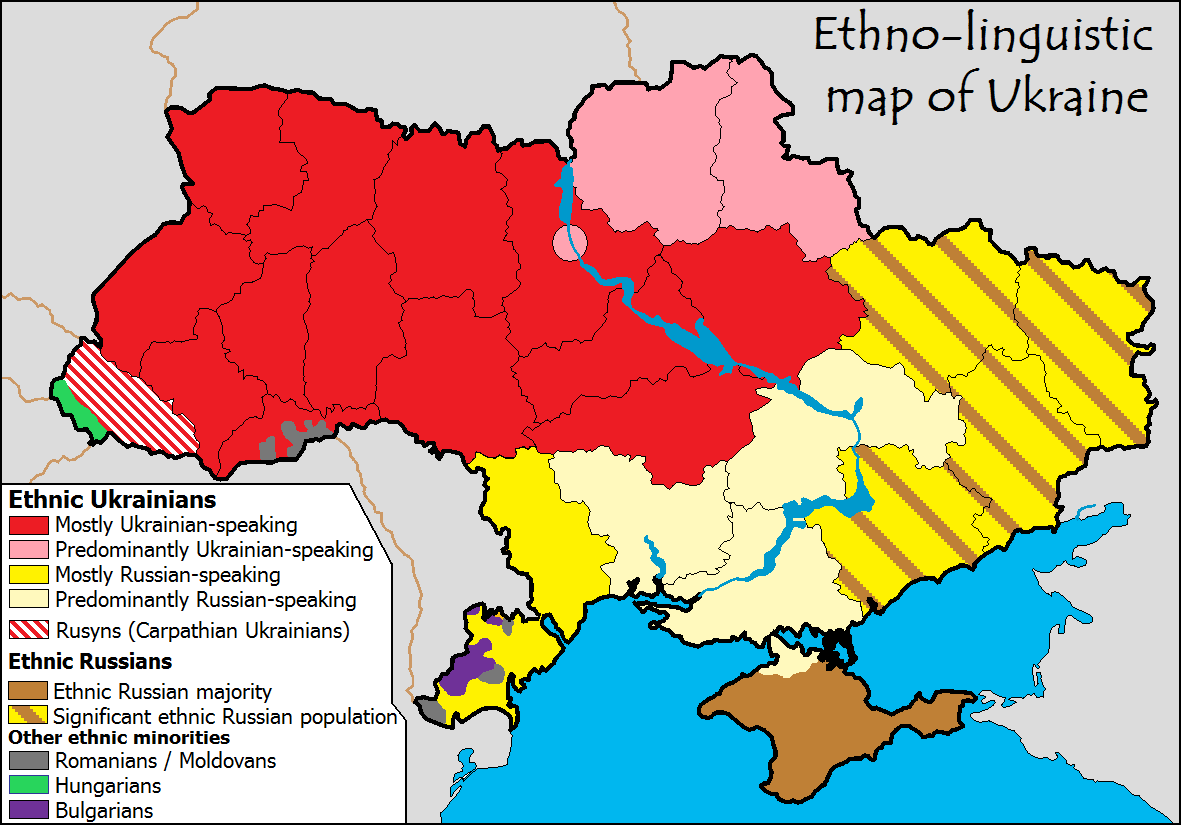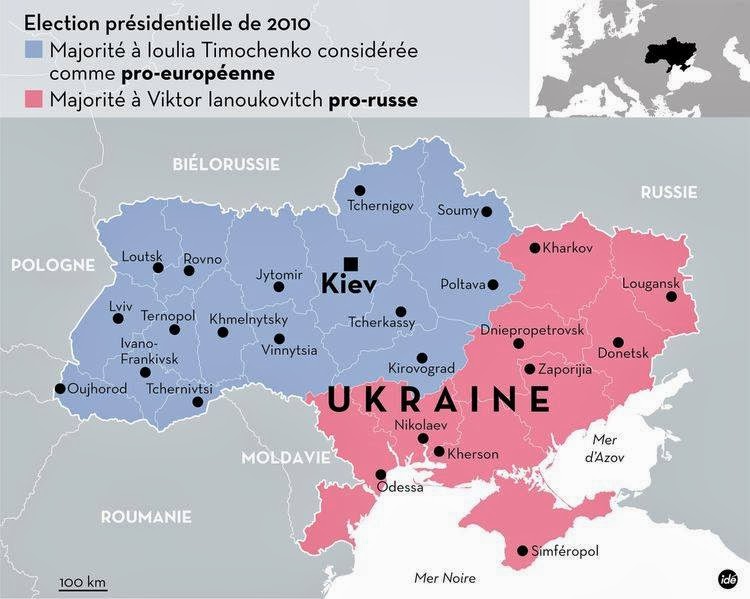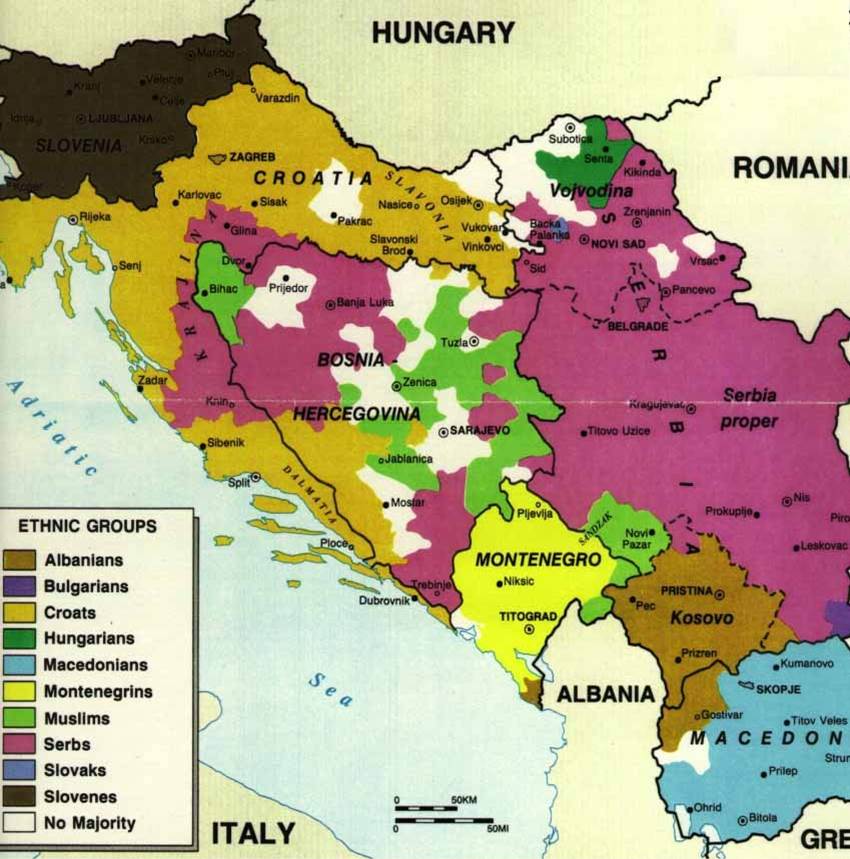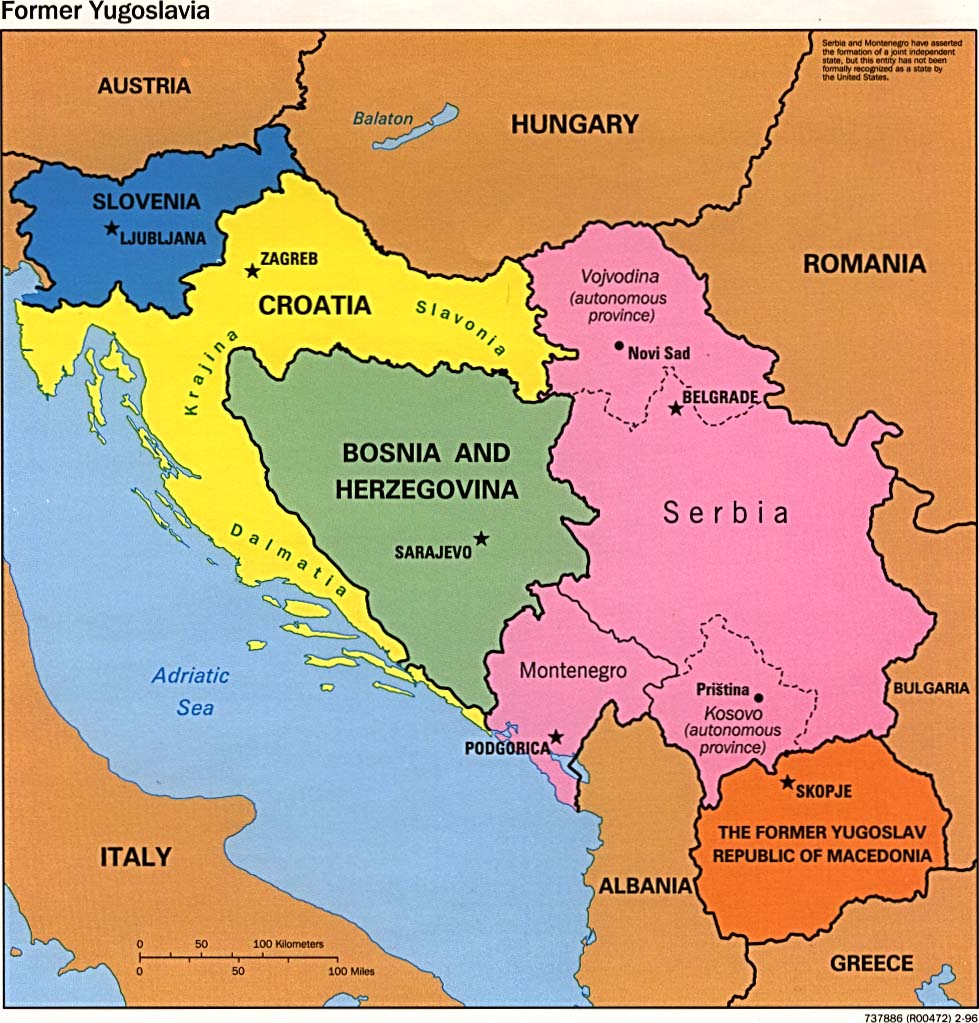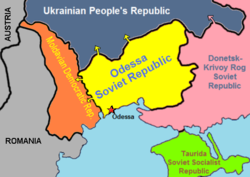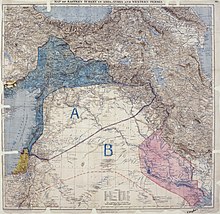Summary – A top-down review of interesting calls and comments made last week in Treasuries, monetary policy, economics, stocks, bonds & commodities. TAC is our acronym for Tweets, Articles, & Clips – our basic inputs for this article.
Editor’s Note: In this series of articles, we include important or interesting Tweets, Articles, Video Clips with our comments. This is an article that expresses our personal opinions about comments made on Television, Tweeter, and in Print. It is NOT intended to provide any investment advice of any type whatsoever. No one should base any investing decisions or conclusions based on anything written in or inferred from this article. Macro Viewpoints & its affiliates expressly disclaim all liability in respect to actions taken based on any or all of the information in this article. Investing is a serious matter and all investment decisions should only be taken after a detailed discussion with your investment advisor and should be subject to your objectives, suitability requirements and risk tolerance.
UPDATE – at 10:00 pm on Monday, February 21, 2020 – It feels strange to publish an update on the same evening as the original post, but these are very interesting times. We heard & read late today that President Putin had recognized “separatist-controlled Donetsk and Luhansk regions in eastern Ukraine’s Donbas area, as the New York Times reported“. The most important reaction we saw was:
- Reuters@Reuters – – Putin’s move to send troops he called peacemakers into Ukraine breakaway regions didn’t yet constitute a further invasion that would trigger a broader sanctions package, a Biden administration official said but added a full invasion could come at any time reut.rs/3h6sUMN
That makes diplomatic sense as well as pragmatic sense, in our opinion. President Putin did mention “Russian-speaking” Ukrainians in his speech, if we recall correctly. That might enable him to recognize all of Russian-speaking provinces of Ukraine as independent if he so deems necessary. While that would partition Ukraine in a rough 60 -40 proportion with the smaller portion belonging to breakaway independent states, it might still remain within the “non-invasion” nomenclature.
We do not believe that President Putin will invade non-Russian speaking areas of Ukraine or enter the western part of Ukraine. That is not his style and he doesn’t have the army to pacify those areas. His ally China has 1.4 billion people & has an infantry that can occupy large provinces like Xinjiang & Tibet. In contrast, Russia only has about 140 million people & a much smaller infantry. So occupation of Kyiv & western Ukraine might prove arrogantly stupid.
However, we do think that he will sooner or later exercise “Russia’s control” over the areas of Ukraine bordering the Black Sea because they are in the Russian-language portion of Ukraine.
As we discuss in the body of our article below, there is enough history to suggest that partition of countries on the basis of ethno-linguistic differences tends to happen and prove successful. The biggest & the most violent such was the successful 1971 breakup of NaPakistan into a Bengali-ethnic & Bengali-language nation named BanglaDesh in the eastern Indian subcontinent and a Panjabi-dominated & Urdu-language nation in the western Indian subcontinent.
While expected, this decision by Russia has resulted in a steep fall in futures at this time with Dow futures down 525 points, the NDX futures down 2.55% & the 10-year yield down 7 bps. It would be interesting to see how markets behave later this week.
1.”he has made the decision“
That statement & the clip in which it was made were, in our opinion, the most important so far of the current crisis in Ukraine. The actual quote, in response to the first question by “Nancy” of Bloomberg, was the following at minute 6:44 of the clip below:
- “As of this moment, I am convinced he has made the decision“.
The “he” was President Putin and the “decision” was his “decision” to “invade” Ukraine.
As of this morning of Monday, February 21, President Putin is in a meeting with the Russian Security Council. And the most important “news” we heard was Bloomberg highlighting the Putin statement saying the council will decide about recognizing the province of Donbas as an independent state.
If they do, then the movement of Russian military inside Donbas and any other province that “breaks away” will not be an “invasion” in the politico-legal definition of the word, as we understand it.
If you noticed the action in Dow & S&P Futures on Monday morning, you would have seen that US Futures were up sharply early morning on news that France had “mediated” a Summit between President Biden & President Putin. The one-liners from this morning’s Russian Security Council meeting have reversed the early morning move with Russian stock market down almost 10%, US Stock Futures down, US Treasury futures up.
In other words, nothing matters in financial markets except the trajectory of the Ukraine standoff. So, there is no point in discussing anything else today.
2. Ukraine, Iraq, Yugoslavia
A few days ago, retired General & Ex-Vice Chief of Staff of the U.S. Army, Jack Keane. compared the defensive capabilities of Ukrainian military with that of Iraqi military vs. US in 2003 saying that militarily “this is comparable to what we did in 2003 in Iraq“. He was speaking of the fact that Ukrainian military has no real defense against Russian Air power.
We all know what the U.S. Military reaped in Iraq. And there was no other major military or economic power to provide aid to Iraqi opponents of the regime change by America. It might be very different in Ukraine with virtually all of Western Europe united against an “invasion” of Ukraine.
This is why we have been reluctant to believe that Putin’s Russia will “invade” Ukraine’s capital Kyiv or any major city in Ukraine. What might then be areas of interest to Putin? Look at the map below from Forbes in 2014, the last time there was a Russian military action in Ukraine:
The above map was published in an article in Forbes on March 3, 2014, by Daniel J. Mitchell, Senior Fellow at the Cato Institute in Washington. The article was titled Ukraine, Ethnic Division, Decentralization, and Secession and argued:
- “Simply stated, Ukraine will not be stable until and unless there is some mechanism allowing substantial self-governance for the parts of the country that are ethnically Russian.”
Usually, language diversity seems to match Ethnic diversity, a point made by another map of Ukraine from a pre-2014 period:
What about political division in Ukraine that was seen in the last big election in 2010?
If the above maps tell a reasonably accurate story, then it would seem that Ukraine is really a forced amalgamation of two peoples, or two “nations”. That brings up an interesting question – When did we see this situation in Europe, an even more complicated ethno-linguistic situation than Ukraine’s?
That was about 30 years ago in Europe to the west of today’s Ukraine:
And how was that ethnic mess resolved under President Clinton? Look at the map below of that former Yugoslavia and notice how the ethnic division above was matched with breakaway countries below:
So, could we see a Yugoslavia type breakup of Ukraine and will that suffice to conclusively end this Ukrainian mess at least for a while? It seems hard given the imperative for both Presidents Biden & Putin to come across as winners. That is why we are getting increasingly bearish on this standoff ending without some action.
Speaking morally, it does seem bad to break up a country, a free democracy as we are told, just to address strategic aims of larger powers. But is Ukraine a real “country” like Germany or France with borders that go back a long time? To answer that it may be instructive to view a map that we found, a map that reflects “Ukraine” just before Bolsheviks took over Ukraine about 105 years ago:
It appears that all the “provinces” that are ethno-linguistically “Russian” were actually annexed by Ukraine when Lenin’s Bolsheviks took over and “annexed” Odessa, Donetsk etc. Wouldn’t it be ironic if today’s descendant of Lenin in the Kremlin would claim to free the above “independent” Soviet Republics from the forced annexure of Bolsheviks? That, we believe, was in 1917. That brings us to what happened a year before that in 1916.
Going back to Iraq & the 2003 regime change, didn’t then Senator Biden argue that today’s Iraq should be partitioned into Shia, Sunni & Kurdish regions because they simply could not co-exist? And wasn’t the Sykes-Picot agreement brought up then to argue explain Iraq was inherently unstable?
Remember the scene below from the Lawrence of Arabia about Sykes & Picot, two English & French civil servants, designing & signing a private agreement to divide the Ottoman Turkish territories in the Middle East:
Yes, the Sykes-Picot agreement was first drafted as a memorandum type Agreement and it was later formally ratified in May 1916 by Britain & France. And how did it create today’s ethnic mixture in Iraq? By simply drawing a line:
(courtesy of wikipedia)
History rhymes, doesn’t it? Now what if history is really shown to rhyme with two civil servants, one German, one French, getting together & drafting an agreement to divide today’s Ukraine in ethno-linguistic lines. Then Germany, France & EU can formally propose it to America & Russia.
Wouldn’t that make both Biden & Putin winners, not just winners but pragmatic diplomats who rescued Europe from a major military conflict?
Send your feedback to [email protected] Or @MacroViewpoints on Twitter
